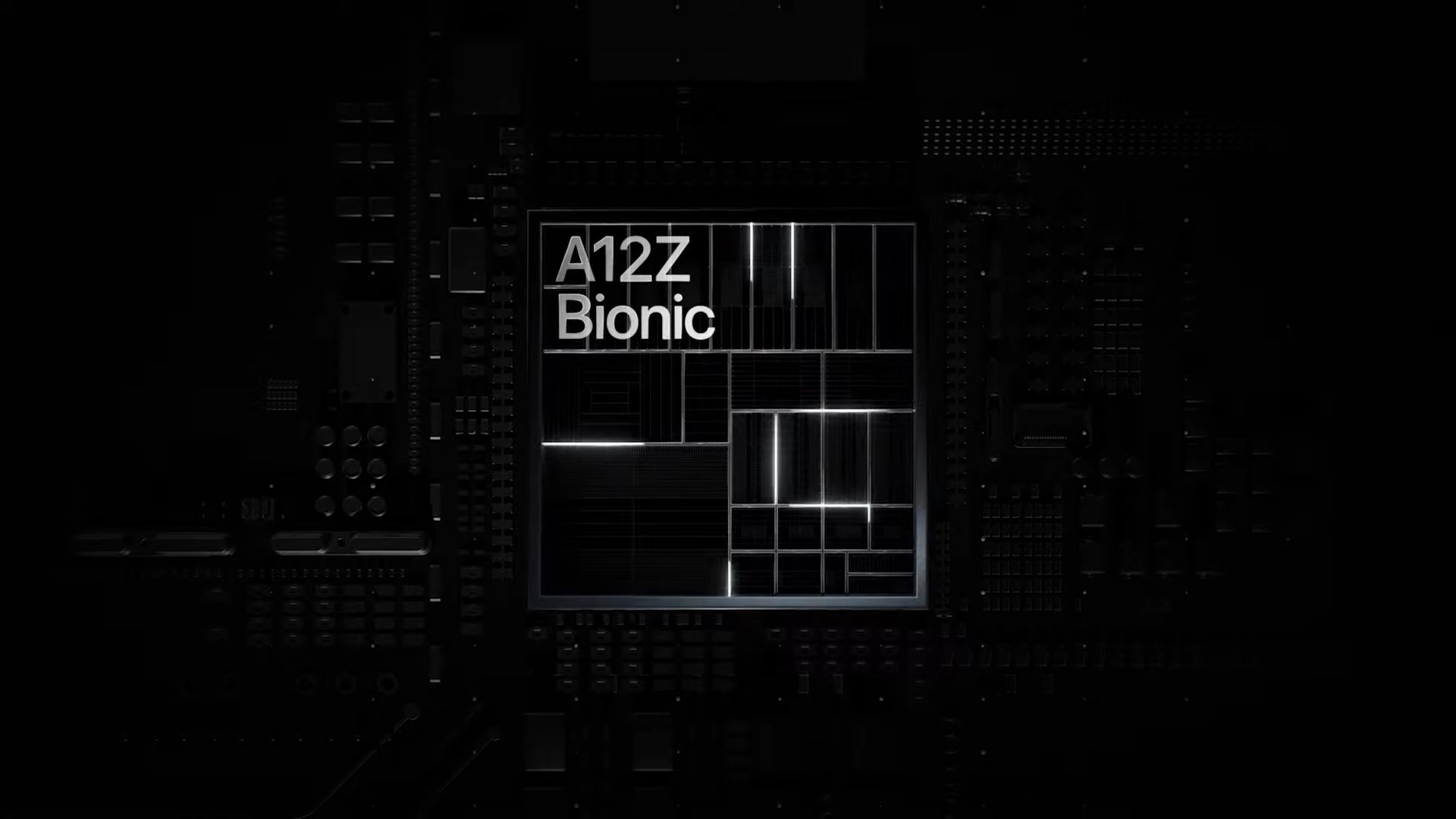
Apple’s A12Z Bionic chip that debuted in the new iPad Pro last week is probably a rebranded A12X Bionic processor from 2018 that activates a previously disabled graphics core.
That’s according to the latest findings shared by NotebookCheck which indicate that the A12Z Bionic is most likely a rebadged A12X Bionic chip with a latent GPU core enabled.
Granted, the A12Z showed little improvement in early benchmarks, with scores nearly identical to those achieved by a year and a half old A12X chip that powers the 2018 iPad Pro models.
Here are the Geekbench 5 scores for comparison…
2020 iPad Pro with Apple A12Z chip:
- Single-core score: 1,114
- Multi-core score: 4,654
- Metal score: 9,894
2018 iPad Pro with Apple A12X chip:
- Single-core score: 1,113
- Multi-core score: 4,608
- Metal score: 9,020
Now, both the A12X and A12Z have eight processing cores clocked at 2.48 GHz. But, the new A12Z processor boasts eight graphics cores, up from seven on the A12X, which doesn’t necessarily mean a GPU core was added to the existing A12X chip’s silicon layout.
For cost-saving reasons, it seems that Apple has simply opted to activate a latent GPU core that’s already present in the A12X chip rather than actually add a new GPU core to the chip’s layout. “As for the A12Z, we are planning to conduct floorplan analysis to confirm any differences from the A12X,” said Yuzo Fukuzaki, senior technology fellow at TechInsights.
Apple did virtually the same thing with the A5 processor that powered the third-generation Apple TV: instead of creating a new single-core version of the A5 to power the device, the company re-used the iPad 2’s dual-core A5 chip by making only one CPU core active.
AnandTech explains:
There can be several speculative reasons as to why Apple chose to do this. It is not uncommon to see chip makers disabling physical cores and enabling them in higher SKUs. For instance, the NVIDIA Titan RTX has all 4,608 CUDA cores enabled while the RTX 2080 Ti offers only 4,352 cores despite both using the TU102 GPU.
The other likely explanation is that Apple’s decision to disable one GPU core in the A12X could have been deliberate. Enabling the latent core in an interim refresh like the A12Z would save them from having to develop an A13X and instead, directly focus on the (5 nm?) A14X that is slated to debut with the 5G iPad Pro later this year.
For all we know, the Cupertino tech giant might be working on a faster A12Z variant for a future iPad Pro revision as we speak. Indeed, we may be getting another iPad Pro refresh as soon as the fall, rumored to bring such features as mini-LED displays and 5G connectivity.
All 2020 iPad Pro models have six gigabytes of RAM memory standard, providing smoother multitasking performance compared to the previous iPad Pro models from 2018 that had four gigabytes of RAM, with the exception of the flagship 1TB version that had six gigs of RAM.
Why does the new iPad Pro need an additional GPU core?
My best guess would be because of additional compute and graphics processing requirements stemming from the new two-camera setup on the back along with brand new laser sensor hardware for 3D environment mapping and augmented reality.